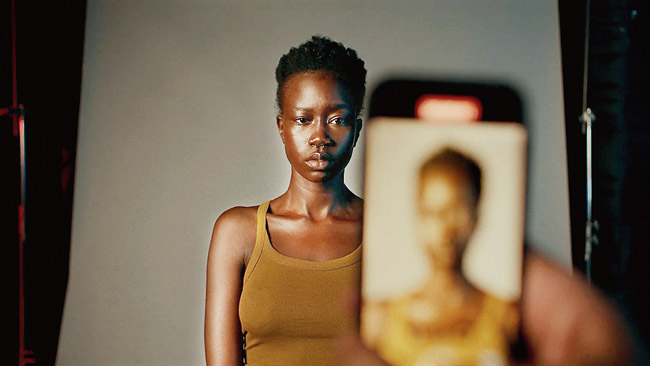There’s no simpler way of saying this: “Beauty mode on smartphones needs to go.” The phone camera needs to be inclusive, offering an accurate portrayal of skin tone. One of the most underrated announcements at this year’s Google I/O conference involves creating a more inclusive camera. And it is a move that may shape consumer demand in the long run.
Google says it is in the process of giving its camera the ability to more accurately depict skin tones. Android and Google Play’s VP Sameer Samat has put forward the truth bluntly: “For people of colour, photography has not always seen us the way we want to be seen, even in some of our own Google products.” The change is coming through the efforts of a diverse team of experts busy building “a more accurate and inclusive camera”.
What Google is talking about is making some serious changes to its auto-white balance and exposure algorithms to improve accuracy for dark skin tones based on a broader data set of images. Thousands of images are being referred to improve the data set, training computational photography AI to understand more shades of skin tones.
The results hopefully will be seen in this year’s Pixel phones. And it will make a world of a difference if other Android phone manufacturers employ the same.

Snapchat is overhauling its camera to go beyond camera technology that’s optimised for lighter skin. Picture: Snap
Not just Google, Snapchat too is taking a stand. Most camera technology that we see have been optimised for lighter skin, which is making Snap overhaul how its camera functions and powering the effort is Bertrand Saint-Preux, an engineer on Snap’s camera team. “As a Black (Haitian-American) man I’ve had photos taken of me my whole life and I can’t count the amount of times that they haven’t come out well or I’ve had to specifically call out in certain photos that ‘hey please be sure to use flash,’” Saint-Preux has told Adweek. Though the company is in the early stages of the project, partnering with outside directors of photography in the film industry and other experts will be key to the new camera system’s success.
Compared to days of film-based cameras, digital photography has made some advancement with dual skin-tone colour-balancing capabilities. But the problem is magnified when the light source is artificial, under which digital technology struggles with the darker skin. But work is on and things are improving. Popular tech YouTuber Marques Brownlee has tweeted: “Google adjusting their computational photography to reduce overexposure and desaturation of darker skin tones in photos: Underrated. I promise you this would help every single smartphone camera I’ve ever shot with.”
In the past, things were skewered. Once the leading manufacturer of photographic equipment, in the 1940s and ’50s Kodak received complaints from chocolate and furniture manufacturers for pictures failing to capture the correct tones. For example, there was a problem capturing milk and dark chocolates. The Shirley Card came in to calibrate colours while processing images. Lab technicians used the image of a white woman with brown hair named Shirley as the benchmark to calibrate colours. Many years later, the company created a multiracial Shirley Card.
London-based artists Adam Broomberg and Oliver Chanarin held an exhibition in 2013 that highlighted “racisim” in early colour photography. In fact, in 1977, when Jean-Luc Godard was invited on an assignment to Mozambique, he refused to use Kodak film on the grounds that the stock was inherently “racist”, according to The Guardian.

The Shirley Card, which had an image of a white woman, was used to calibrate the colours for printing for decades. This one is from 1978. Picture: Hermann Zschiegner
Like we said, things are improving but then there options like “beauty filters” on smartphones that can be regressive. Depending on the phone, there are times when the picture that gets captured are almost free of blemishes and the skin tone is too fair for comfort. Not helping the cause are videos on YouTube which show step by step ways to make skin tone more “acceptable”.
“People tend to think that cameras are objective but the reality is a bunch of decisions go into making these tools and historically those decisions have not been made taking people of colour into account,” said Florian Koenigsberger, product marketing manager, Google.
The goal of the company is to make all its camera and imagery products work as best as they can for people of colour with a strong focus on people of darker skin tones. Given the fact that we are living in an age of racial churn, such moves have been long overdue.










